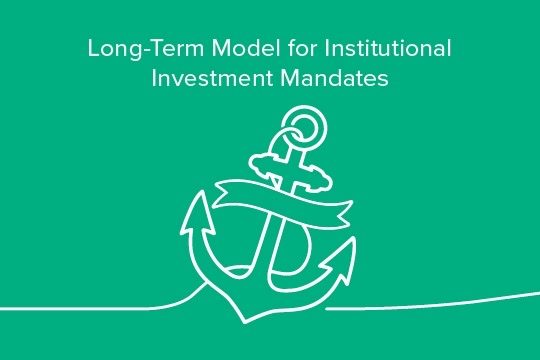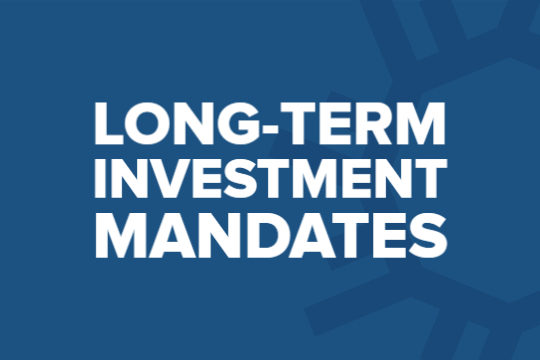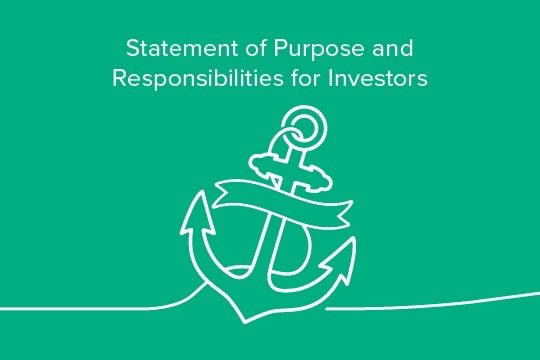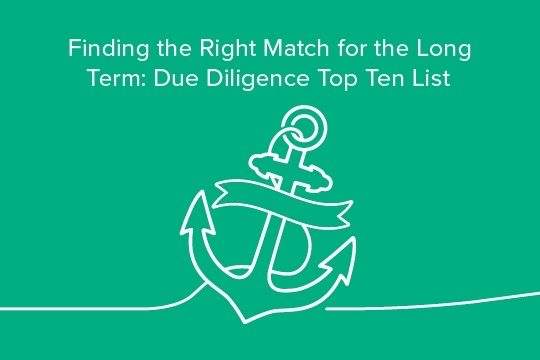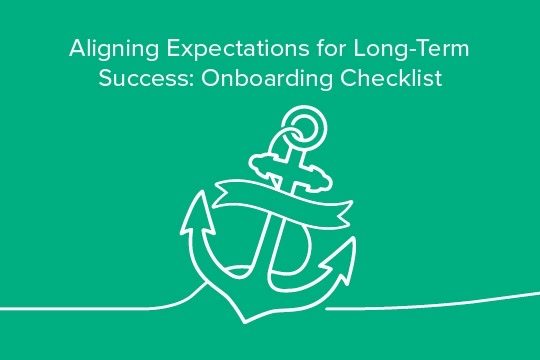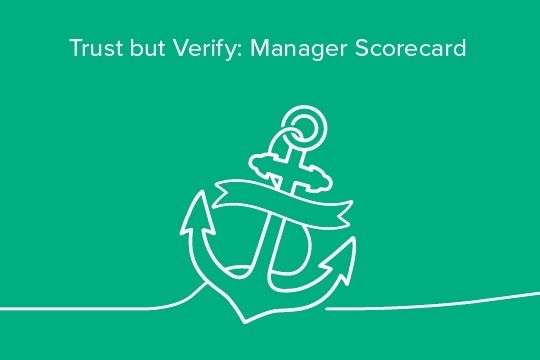Institutional Investment Mandates: Anchor for Long-term Performance, 3rd Edition expands on the first two publications released in 2017 and 2020, offering a starting point for contract negotiations between asset owners and managers to help them define mandate terms that build trust, ensure alignment, and advance long-term goals. When drafted intentionally, long-term mandate provisions lay the foundation for long-term behavior to reshape the financial landscape for a prosperous and equitable economy.
At the core of this work is our Long-term Model for Insitutional Investment Mandates. This menu of key contract provisions and KPIs is critical to achieving alignment on long-term investment mandates, and provides examples of standard contract provisions, as well as how these provisions can encourage longer-term models.
This third edition includes a full suite of tools that complement our long-term model contract provisions:
Template Statement of Purpose and Responsibilities for Investors:
This example statement provides high-level information on return objectives, risk tolerances, and accepted investor responsibilities that could impact how returns are expected to be earned. Owners can start by documenting their statement of purpose and responsibilities, sharing important investment objectives and context for their goals with their asset manager.
Finding the Right Match for the Long Term: Due Diligence “Top Ten” List:
Finding the right manager is crucial to developing a successful relationship—this list of questions can help asset owners select managers that are capable of investing over the long term, as well as achieve alignment around philosophy and beliefs regarding long-term value creation.
Aligning Expectations for Long-Term Success: Onboarding Checklist:
This checklist ensures that a relationship is transparent and that processes are set up to encourage effective communication. Grouped among key areas of governance, incentives, metrics, and engagement, the onboarding checklist allows for effective communication between the asset owner and manager and sets parameters for the relationship to function transparently.
Trust But Verify: Manager Scorecard:
This scorecard ensures manager accountability and offers a consistent method to evaluate a manager’s performance on an ongoing basis. While a meeting schedule is typically agreed at the start of a relationship, the manager scorecard can be completed at any point during the relationship. The scorecard can help focus attention on areas of importance and objectives beyond short-term financial performance.
The mandate agreement is one of the most fundamental tools for influencing long-term investment behavior. By conducting effective due diligence and incorporating long-term objectives into the initial contract, asset owners and managers can help ensure fruitful investment partnerships that both satisfy their needs and support the productive long-term allocation of capital across the investment value chain.
